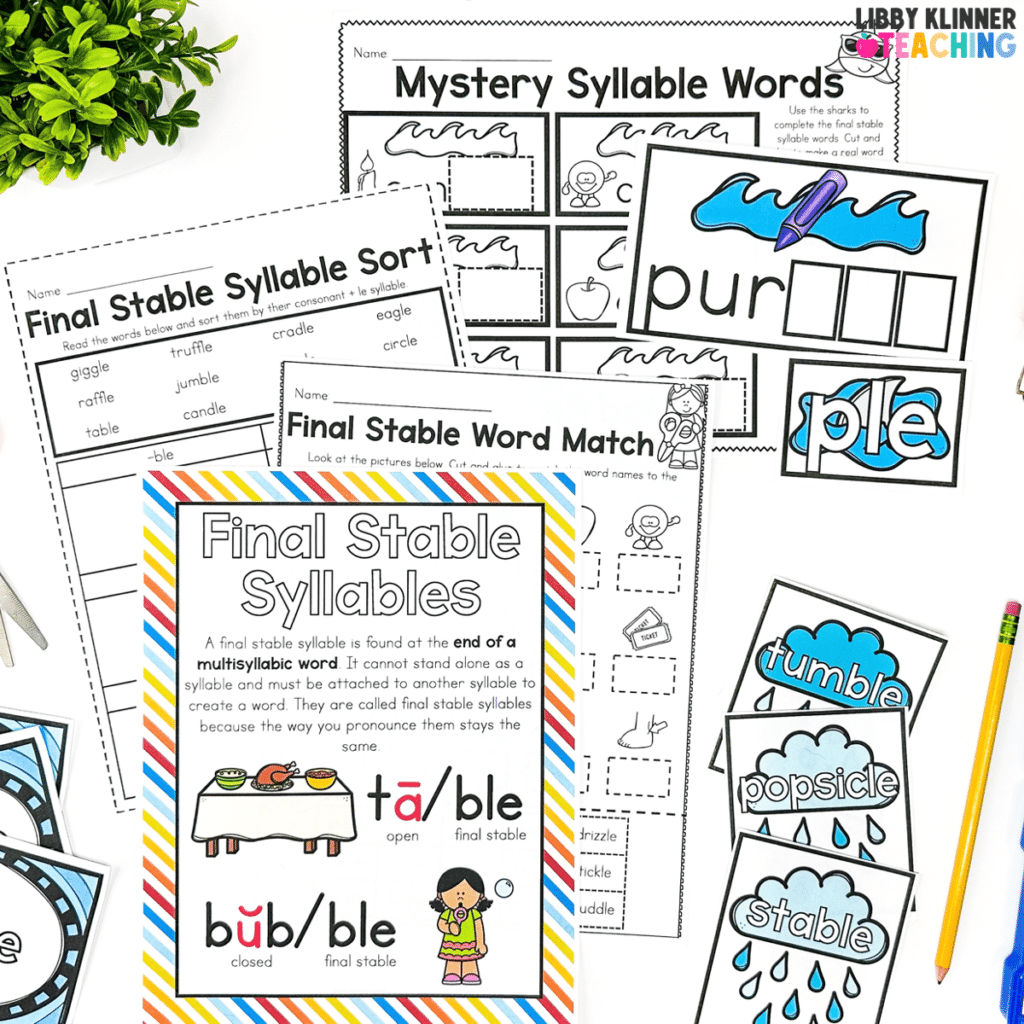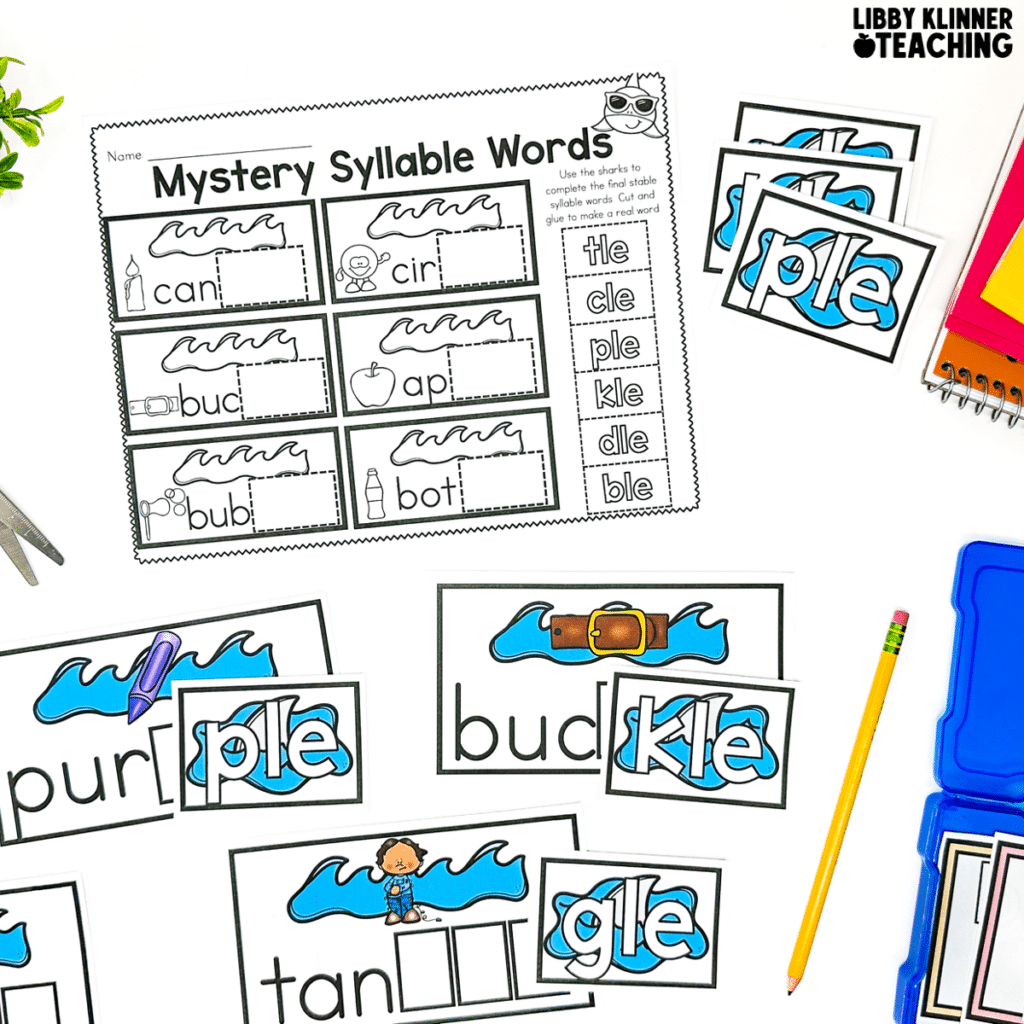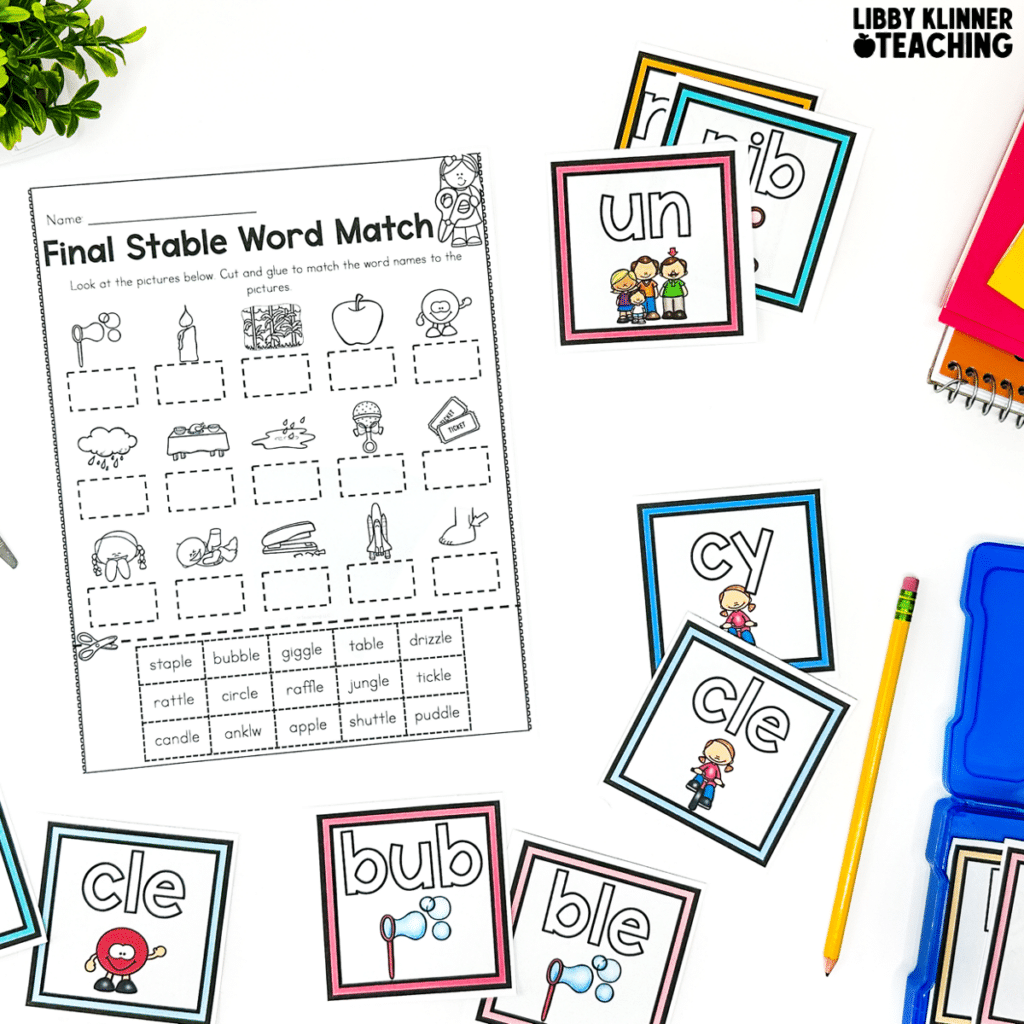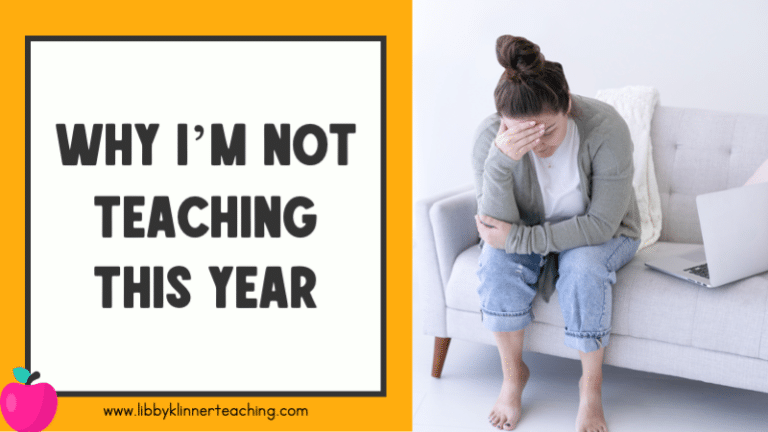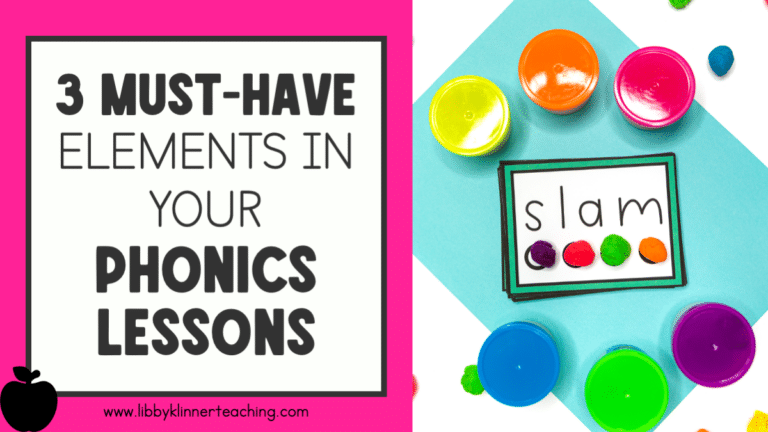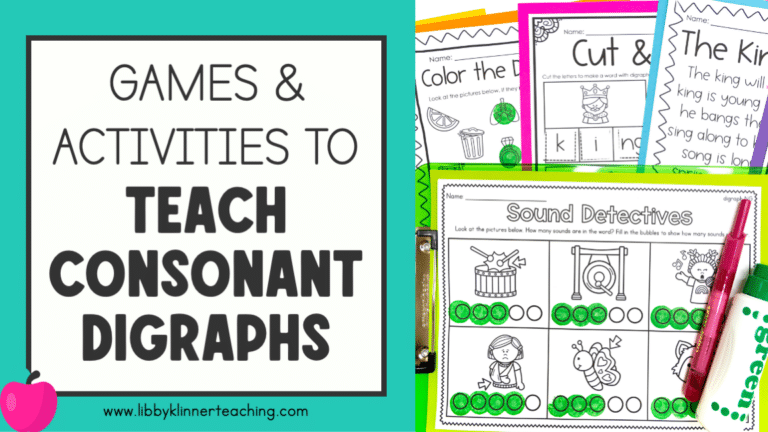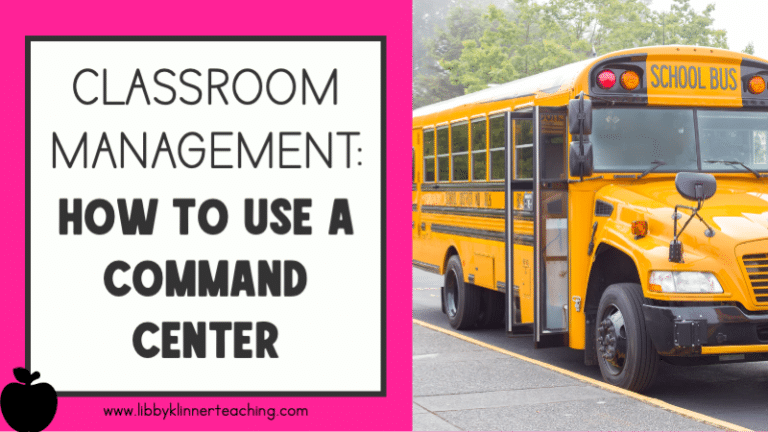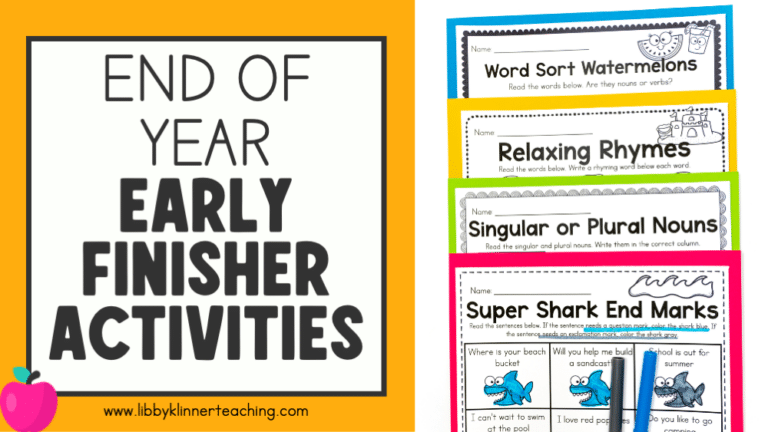Teaching Final Stable Syllables
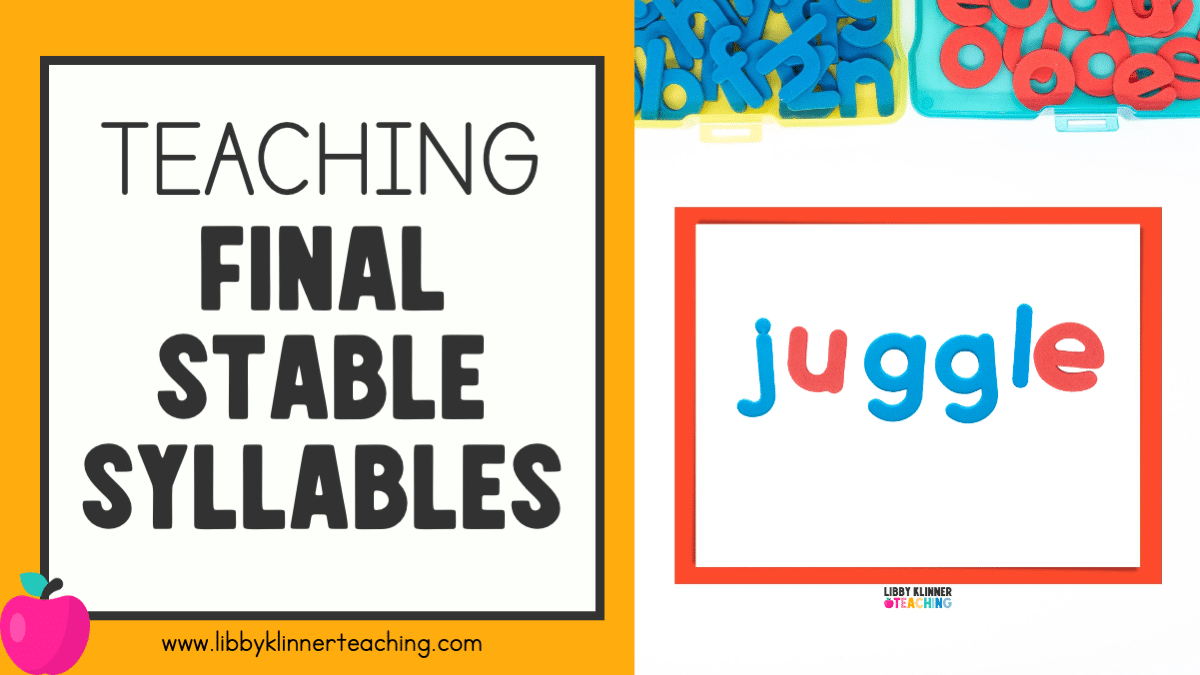
A final stable syllable (also known as a consonant + le syllable) is found at the end of a multisyllabic word, such as candle. These syllable types are often overlooked, but they can be tricky for some students! I’m sharing some tips for teaching final stable syllables below.
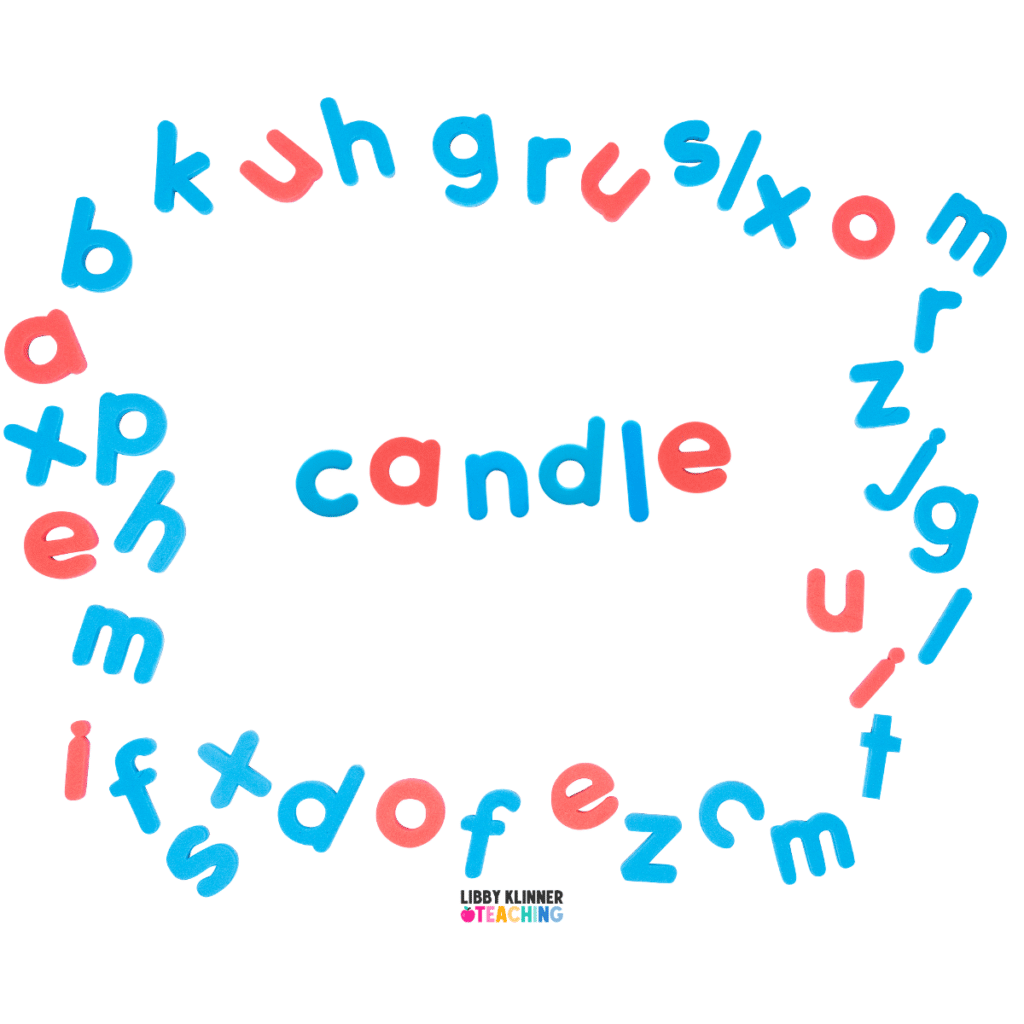
Final stable syllables cannot stand alone, meaning that they must be attached to another syllable. They are called ‘final stable syllables’ because they always appear at the end of a word and their pronunciation does not change.
As little readers grow stronger reading closed and open syllables along with two syllable words (like rabbit or robot), you can introduce final stable syllables. Teaching final stables syllables may seem straightforward, but I’ve found that students often have a few questions. I’m answering them below!
Why do final stable syllables have an e if it’s silent? Every syllable must have a vowel, so the final e is performing that job. It does not make a vowel sound.
The only letter that changes in this syllable type is the consonant before the le (ble, fle, or gle). The most common consonants you’ll find before the le in this syllable are b, c, d, f, g, k, p, t, and z. You may see other consonants before the le, such as sle in measle, but these are far less frequent.
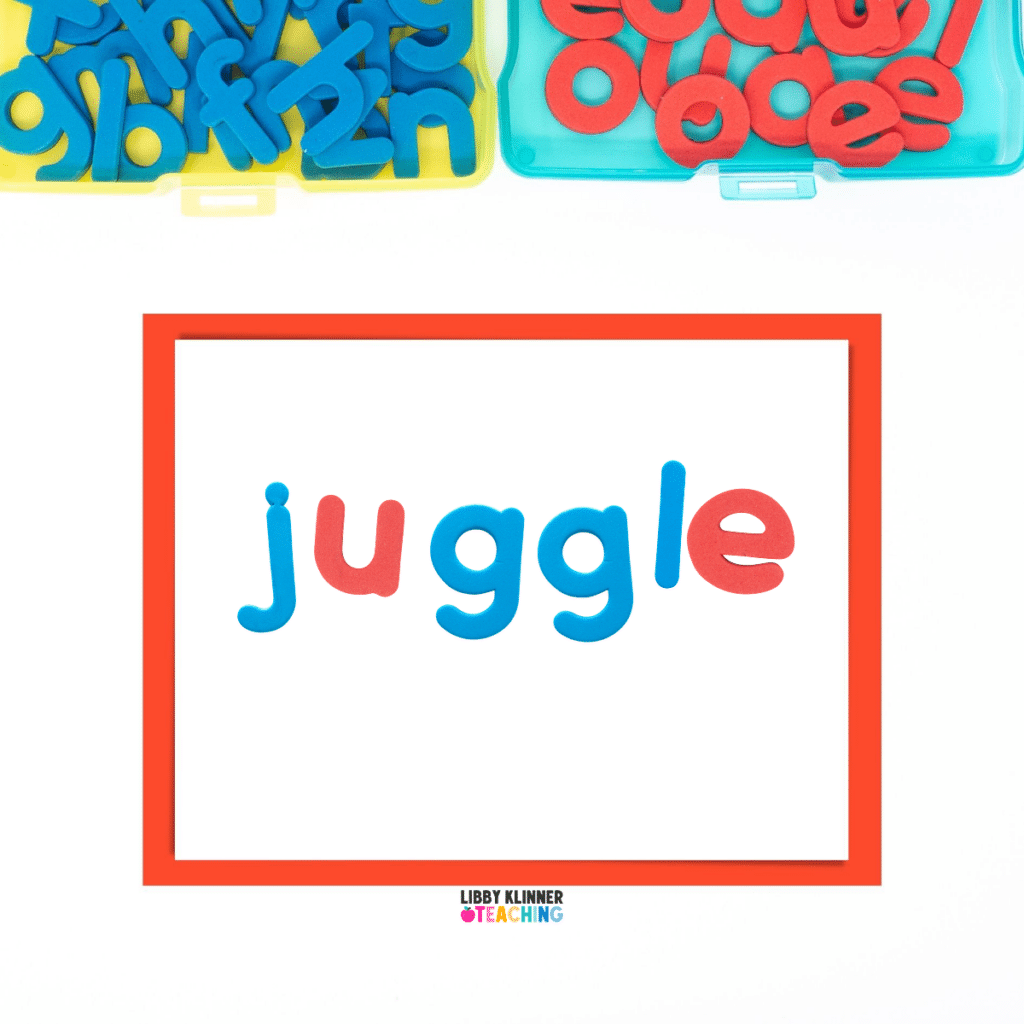
Why do we double some consonants before this syllable? Words like pebble, fizzle, or bottle have a doubled consonant before the le. This is necessary to close the first syllable and keep the first vowel short. For example, the word little would be divided into two syllables: lit (closed) and tle (final stable syllable).
When introducing final stable syllables, don’t teach all of them at once. Introduce one first, for example -ble. You can teach students to spot the e and count back three to find the syllable. In the word bubble, they would find the final e and count back three letters to help them separate the final stable syllable. Alternatively, you can teach them to look for the le at the end of a word and tell them that the le sticks with the consonant before it.
What should I do if the first syllable in a final stable syllable ends in -ck? Words like pickle or tackle have a ck before the -le ending. We typically teach ck as a digraph that sticks together. So what should you do with final stable syllables?
You can teach students to keep the ck digraph together so that the ck closes the first syllable, which would be pick/le. However, this leaves the -le without a consonant. If students are taught to find the e and count back three to find the syllable, this can be confusing. You can alternatively teach students that the -le is the only syllable pattern that can split the ck in half, which would be pic/kle. The c closes the first syllable and the k goes with the -le syllable. Students can find the e and count back three!

What do we do with words that have glued sounds? Words like jungle or sprinkle have glued sounds in them, which presents the same problem with syllabication. You can approach these words the same way you do -ck. You can teach it as jun/gle and break about the glued sound, or you can teach it as jung/le and leave the glued sound together and the -le alone.
What about words that end in -stle? Words like castle and hustle have two silent letters: the letters t and e. In the word whistle, the s closes the first syllable and the t goes with the second syllable, as in whis/tle. This one can be taught as a rule breaker.
Teaching final stable syllables shouldn’t be glossed over! I used to think they were somewhat self-explanatory and didn’t spend much time on them. However, as I taught more I found students struggling with certain consonant + le words and realized I needed to add in more explicit instruction when teaching final stable syllables.
I hope you find these tips helpful for teaching final stable syllables! Want more phonics tips? Click the button below to join my email list and receive a free phonics guide with tons of tips!

Want to check out more blog posts about phonics concepts? Click here!
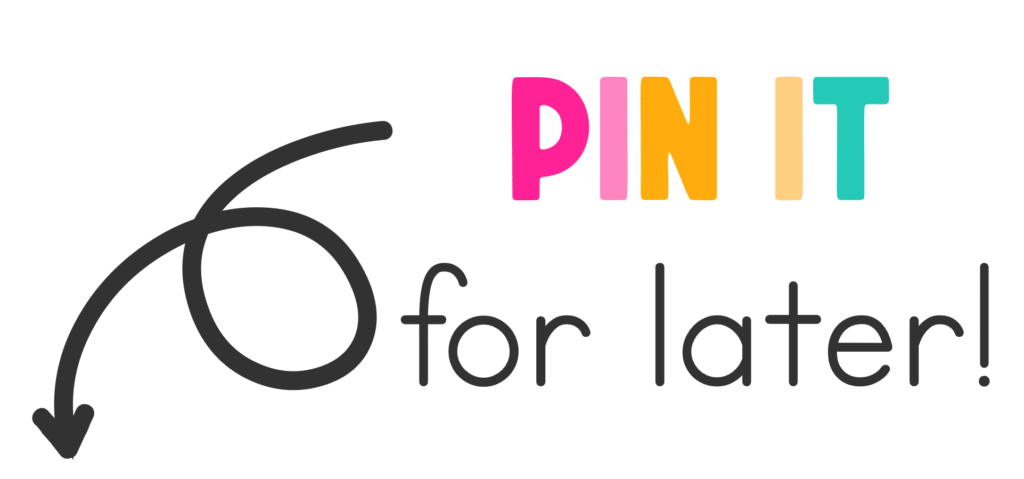
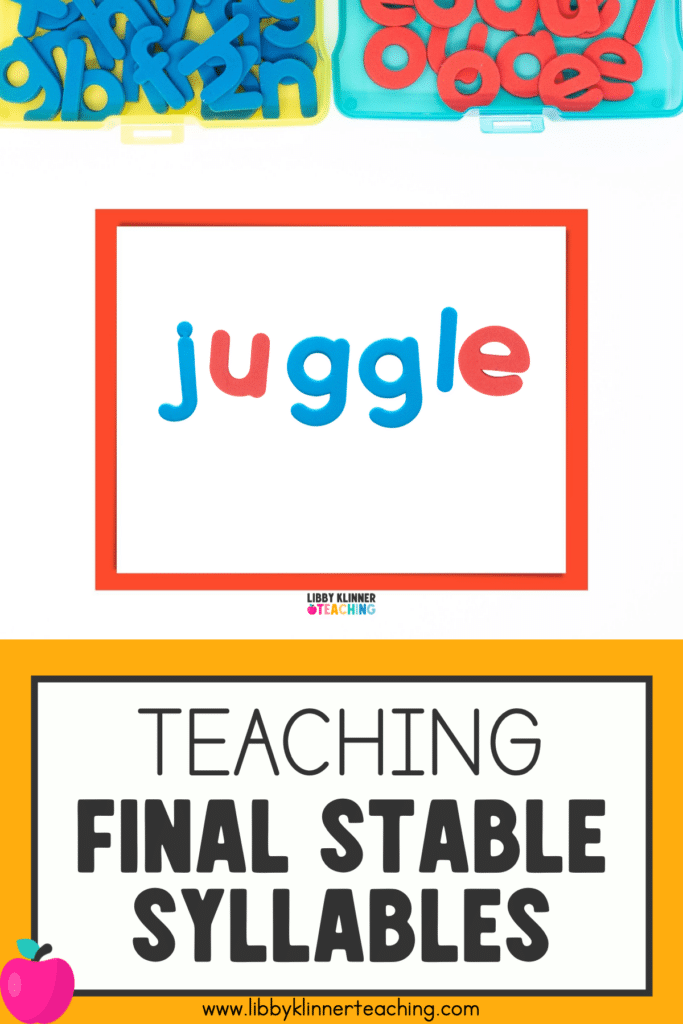
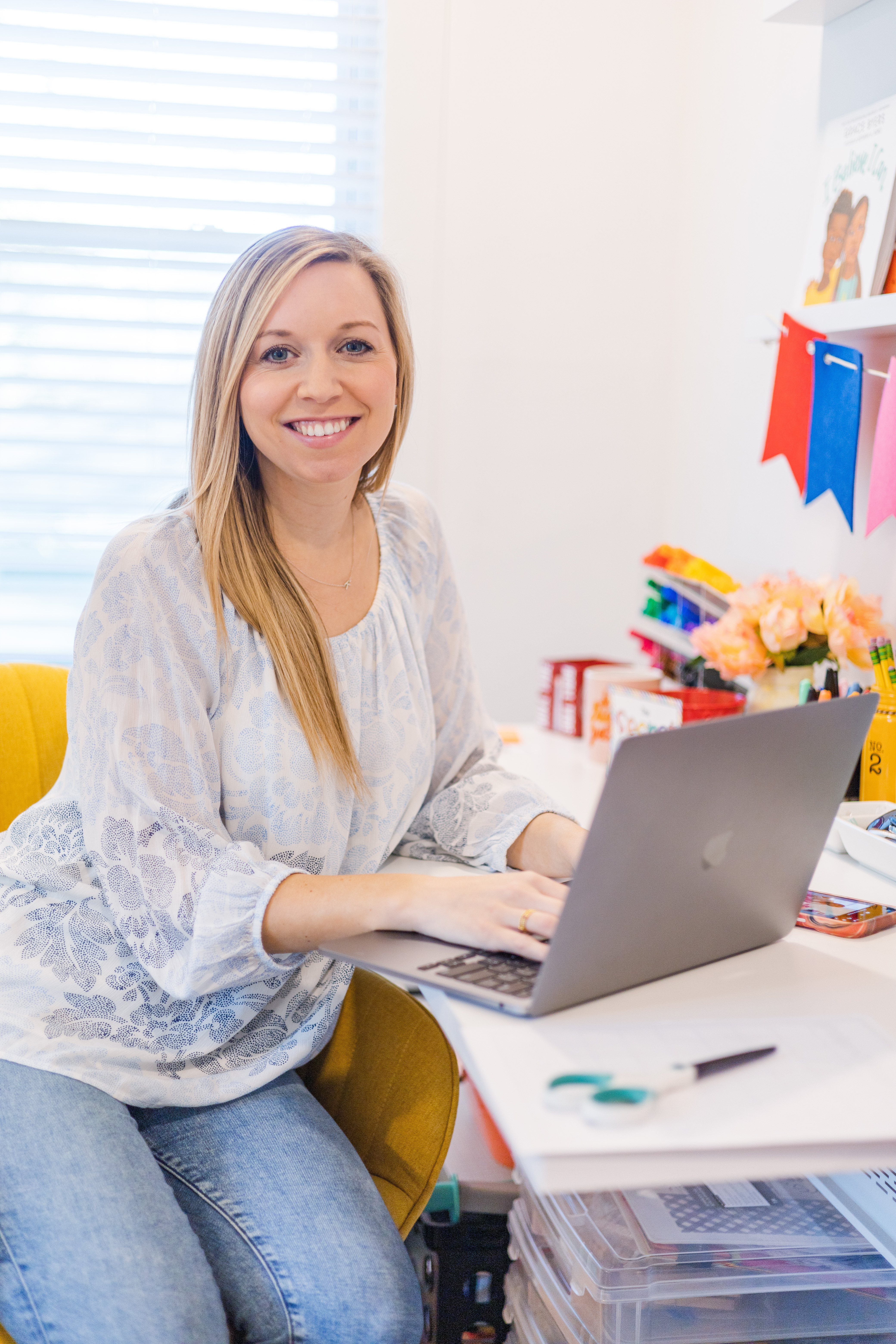
Hi, I’m Libby!
I’m so happy you’re here! I love all things first grade – the curriculum, the content, and the sweet kiddos. I’m passionate about helping K-2 teachers save time in the classroom with fresh ideas and fun, engaging resources.

